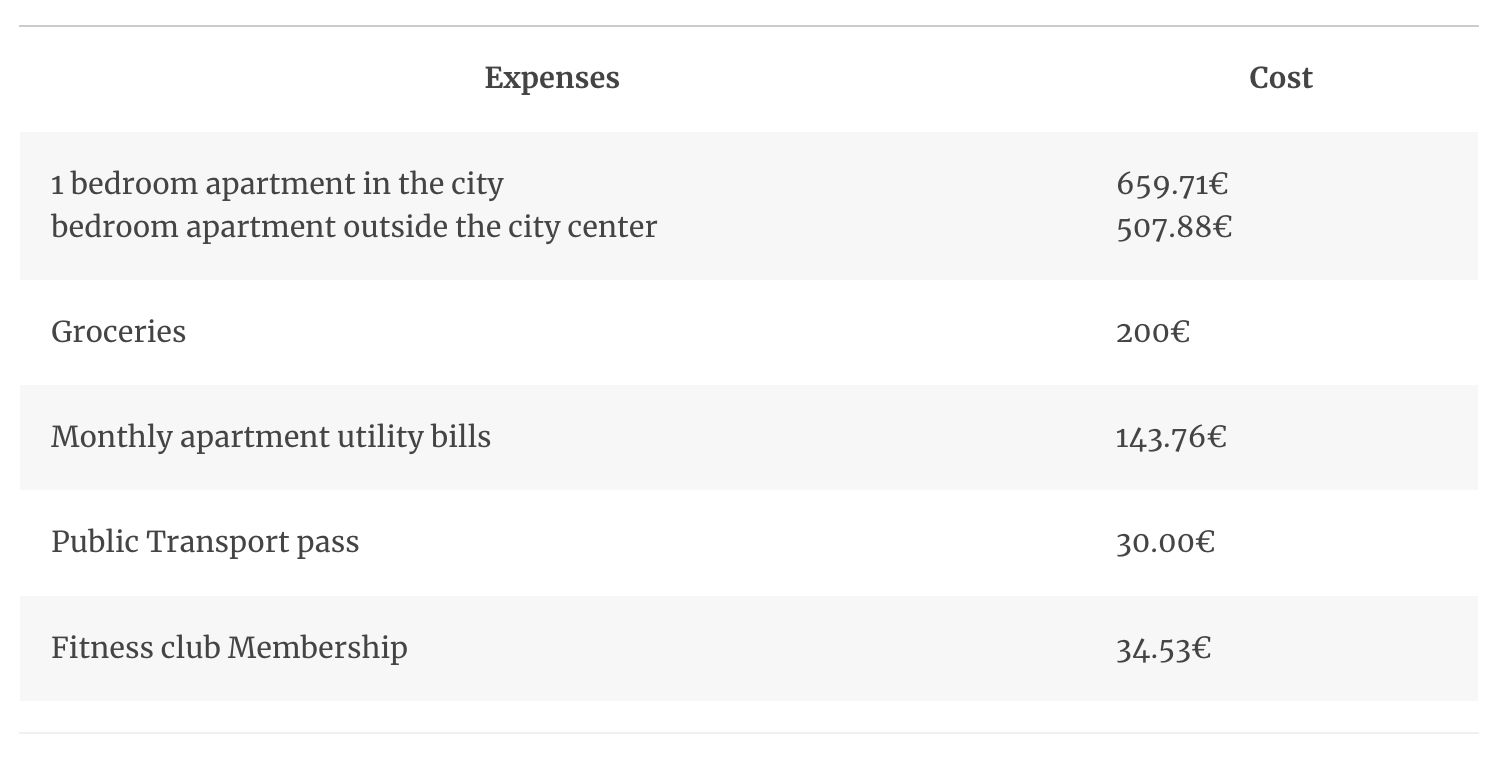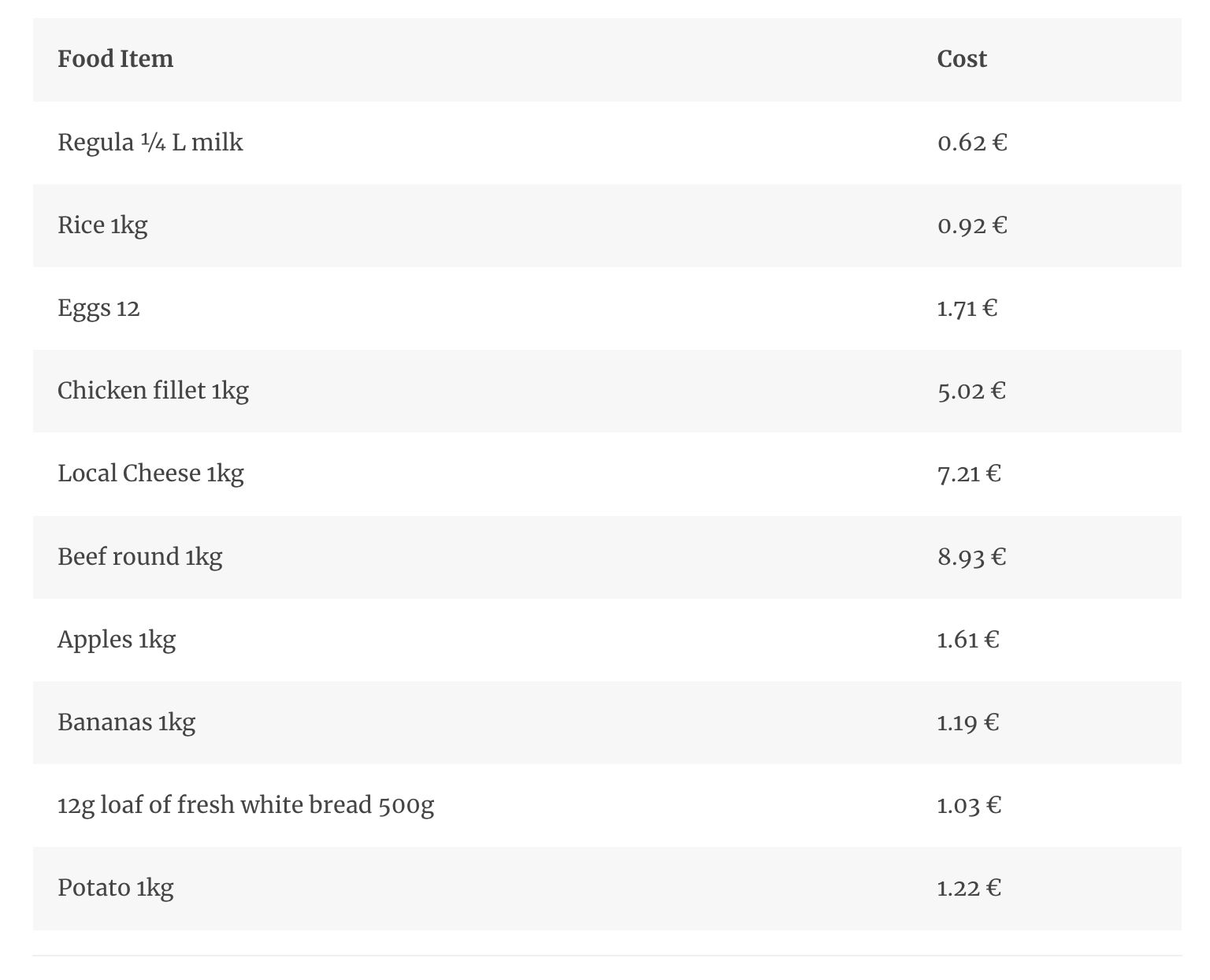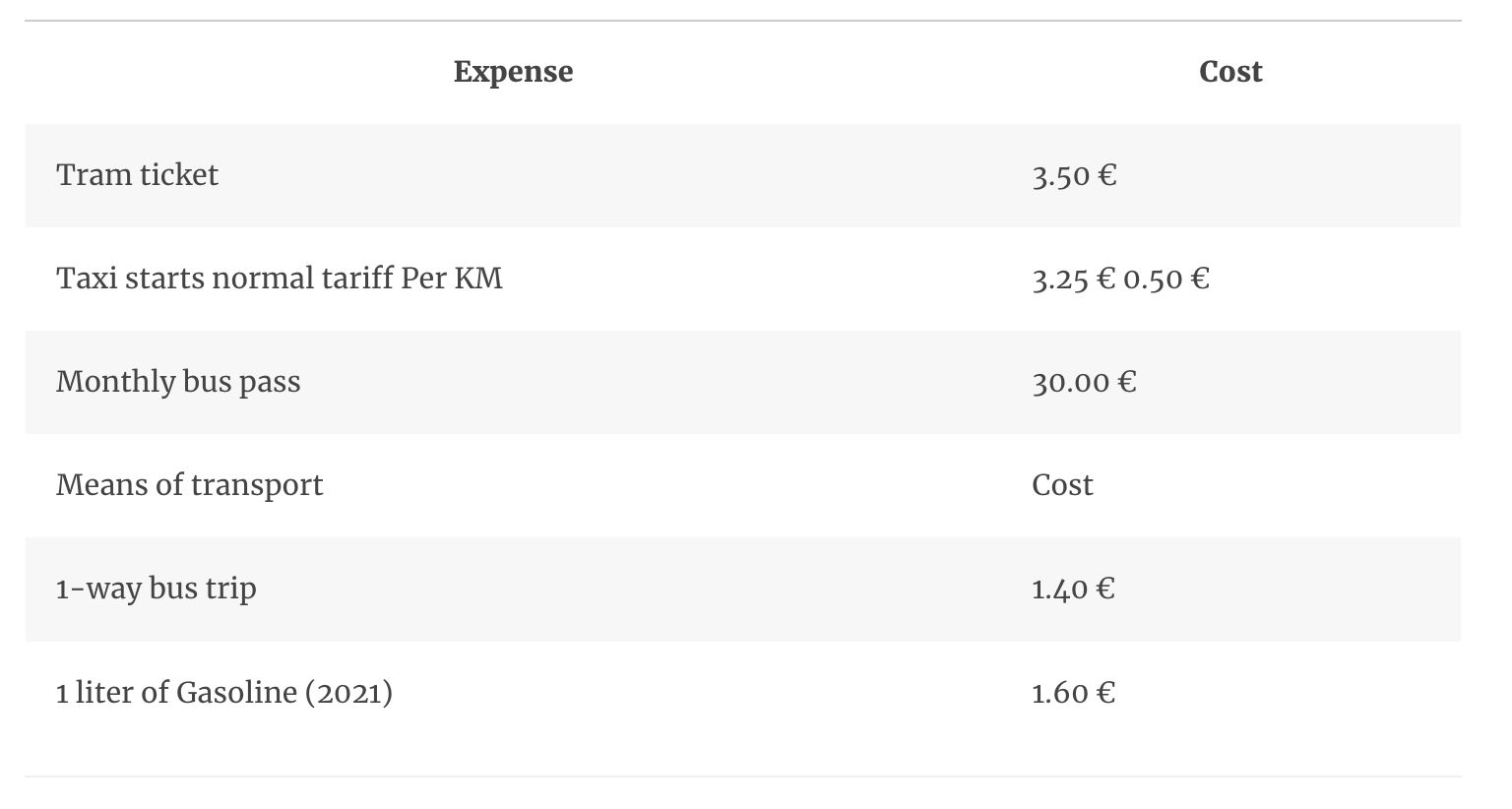
Cost Of Living in Porto
By now you will have definitely heard about Portugal and how relatively better life is in most aspects. What draws most people to Portugal is the relatively lower cost of living.
So how affordable is Portugal? What exactly is the cost of living in the second-largest city in Portugal? To get a better understanding of the cost of living in Porto, we are going to delve deep into the basic expenditures that you should expect.
This will allow you to come up with an estimated budget of how much you will need to live in Porto. What’s more, by the end of this post you will be able to know exactly how the cost of living in Porto compares to your home country. Read on!
How expensive is living in Porto?
There is no correct way to answer this question. In fact, you will get variable answers to this question depending on who you ask.
However, looking at it from a Portuguese point of view, Porto is among the most expensive cities to live in while in the country. It is the second-largest city in Portugal and is a multicultural and economic hub of the country.
Looking from an ex-pat’s perspective, Porto might be relatively cheaper than most European or North American countries. For this reason, many expatriates who work remotely from their countries, or those with passive income are able to take advantage of the lower cost of living.
Compared to the capital Lisbon, Porto is up to 6.4% cheaper as far as the cost of living is concerned.
What is the cost of living in Porto for ex-pats?
Before moving and settling down in Porto, it is essential to get an understanding of how much you will need for everyday living.
In order to paint a clear picture of how basic expenditures cost in Porto, here are data estimates of costs from Numbeo.
On average, a single person will need 550.78€ for a monthly expenditure without including house rent.

This list is not exhaustive in any way, remember, what individuals need per month will greatly vary depending on their different spending habits.
Cost of Rent in Porto
If you are intending to live in the city centre, you should budget an average of 650-700€ per month for one-bedroom house rent.
In Porto, good properties are hard to come by and the available ones disappear quickly. In total, your budget should be up to 800€ which includes rent and utilities like the internet.
If paying the full rent for an apartment is not viable for you, then a flatshare might be an option. While the specific prices may vary, you will typically be expected to part ways with 300€ for rent.
The average price of purchasing real estate properties
As an ex-pat, investing in real estate in Portugal comes with so many advantages. The prospect of an increase in the value of properties is there and also, Portugal has other benefits for ex-pat investors.
Some popular neighbourhoods that are also tourist hubs in Porto are Ribeira Baixa and Miragaia. On average, the real estate prices in these neighborhoods are valued at 3,850€ per square meter.
Other prime locations for investors are the historical towns of Cedofeita and Boavista. Real estate is valued at an average of 3,850€ per sqm.
Lastly, the parishes of Bonfim and Campanhã have recently been good real estate investment prospects for investors. Generally, the average real estate price here is lower and is valued at 1,121€ per sqm, whereas in Campanhã it is 801€ per sqm respectively.
House Bills
House bills for rent and food are not expensive in Porto. Here are some of the costs you should expect for regular house bills.

Average spending on food
Once you get to Portugal, you will quickly realize how important cooking from home is for people.
For most locals, cooking from home is not just about culture or tradition, but it is also a means of significantly reducing the monthly bills. Cooking from home will always be cheaper than eating out in restaurants.
On average, the cost of food often comes second after rent which means it is an important bill to break down. Here are some of the most common food items and their prices.

On average, the recommended daily amount one person can spend on food should be around 5.70 € which translates to 176.56 € per month. However, this cost is subject to change depending on individual habits.
Expected transport cost in Porto
Photo by Mads Thomsen from Pexels
Getting to know and explore the beautiful city of Porto will require you to move around. However, as a new person in the city, navigating using private means is not recommended because of the difficulties you will encounter initially.
Nonetheless, Portugal has wonderful public transport systems that you can take advantage of. They are not only affordable but also convenient since they facilitate movement from one part of the city to another.
Since Porto is generally a working city, it is common to find most locals using local transportation means to commute daily to work. Here is a breakdown of the cost of transportation using the various means available.

Leisure Expenses
There are plenty of leisure activities that you can get yourself into while in Porto. Some of these activities will need you to pay some money.
However, there are many other activities that you can involve yourself in that do not need paying.
A good example is taking nature walks or even taking photographs on the iconic Dom Luis Bridge. Here are some leisure expenses that you may encounter while in Porto:

What is the cost of living in areas around Porto?
Living in the second-largest city in Portugal is nothing short of amazing. Within this city full of outstanding architecture are several smaller towns where ex-pats choose to settle.
Living in the heart of Porto can be quite expensive compared to the outskirt towns. Here are is the cost of living in some of the major towns.

There you have it, everything you need to know about the cost of living in Porto. Right from the article, you can quickly tell that Porto is quite affordable compared to other cities in Portugal.
Other than that, Portugal has so much to offer ex-pats from around the world.
Article by Viv Europe - Official Legal and Relocation partner to KipperTree.
Read the full article here
